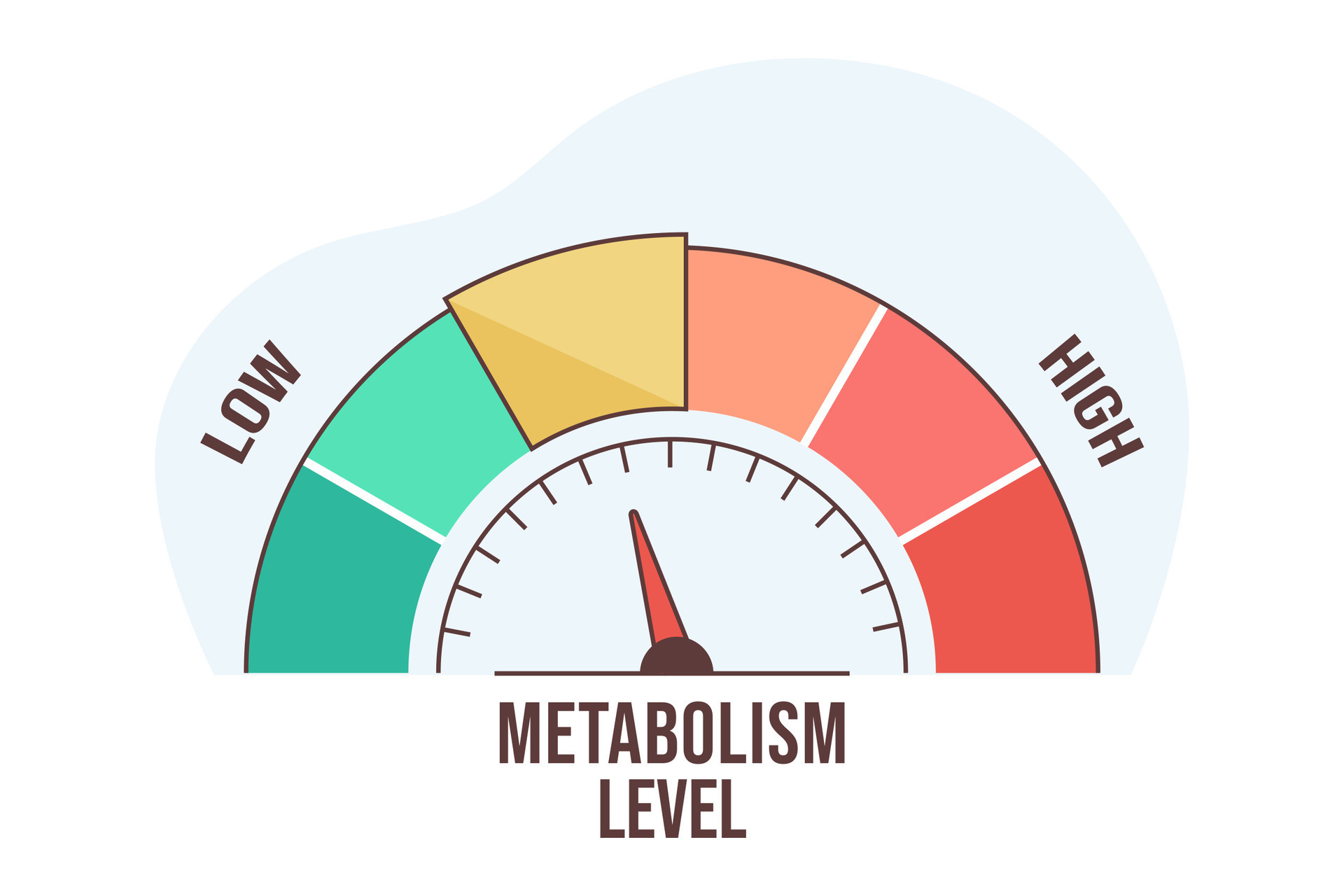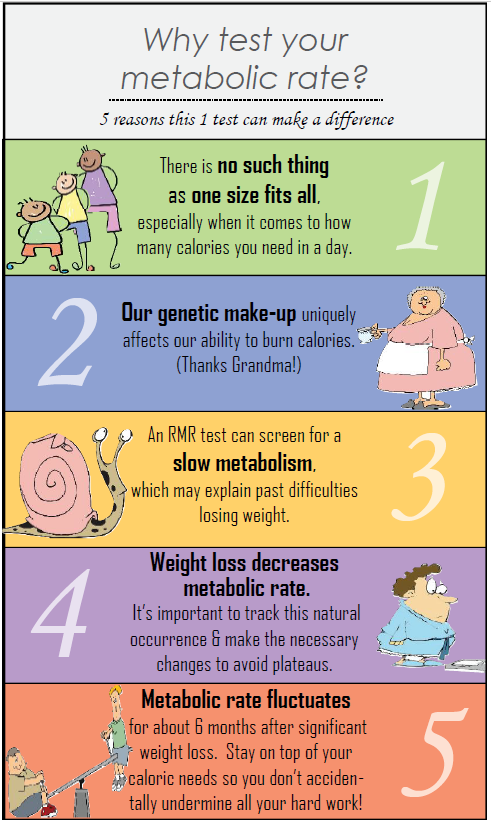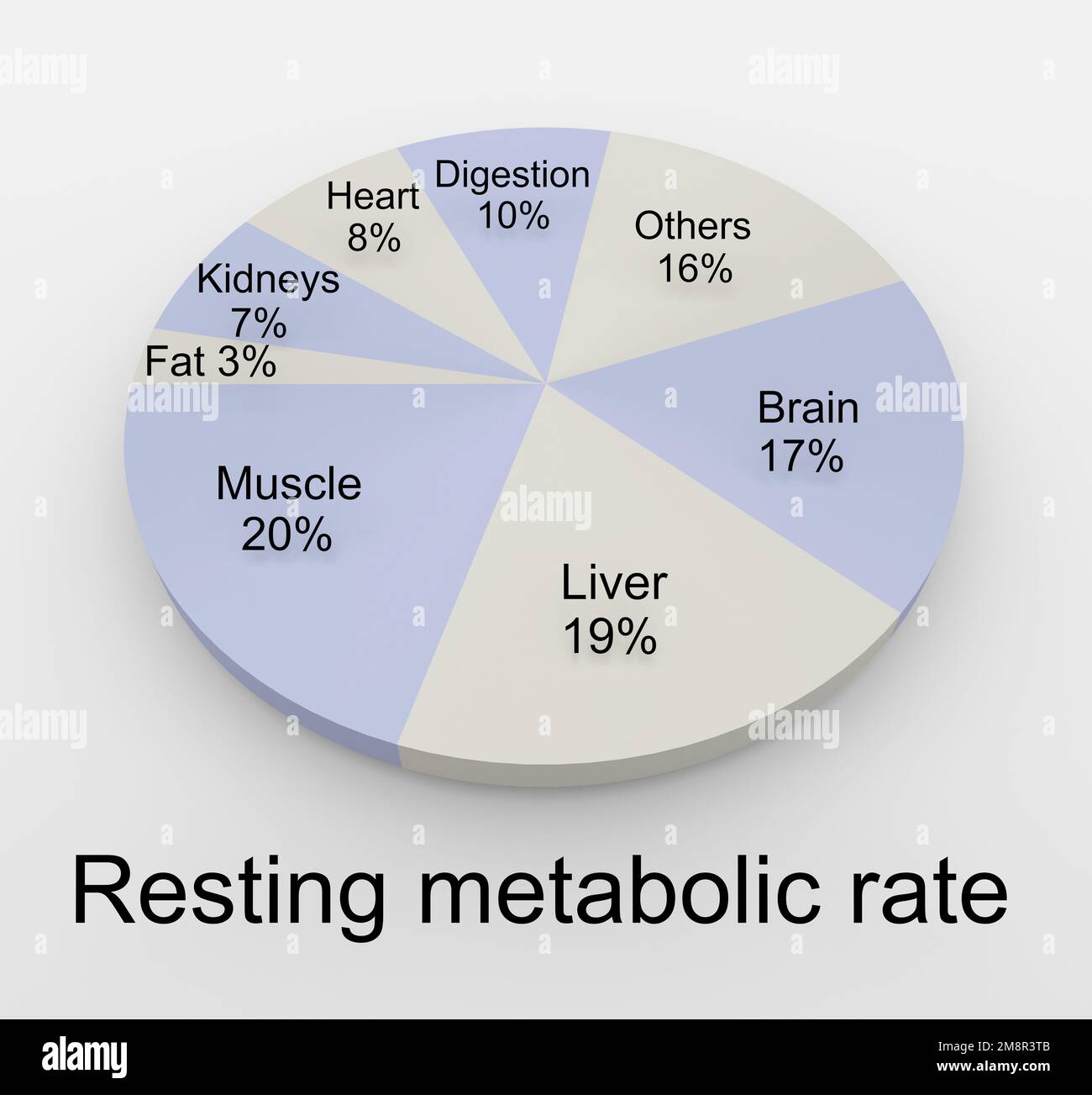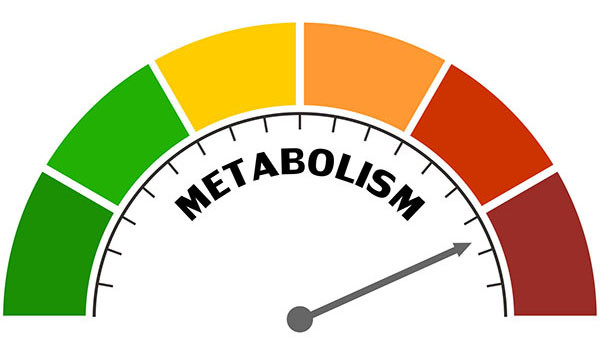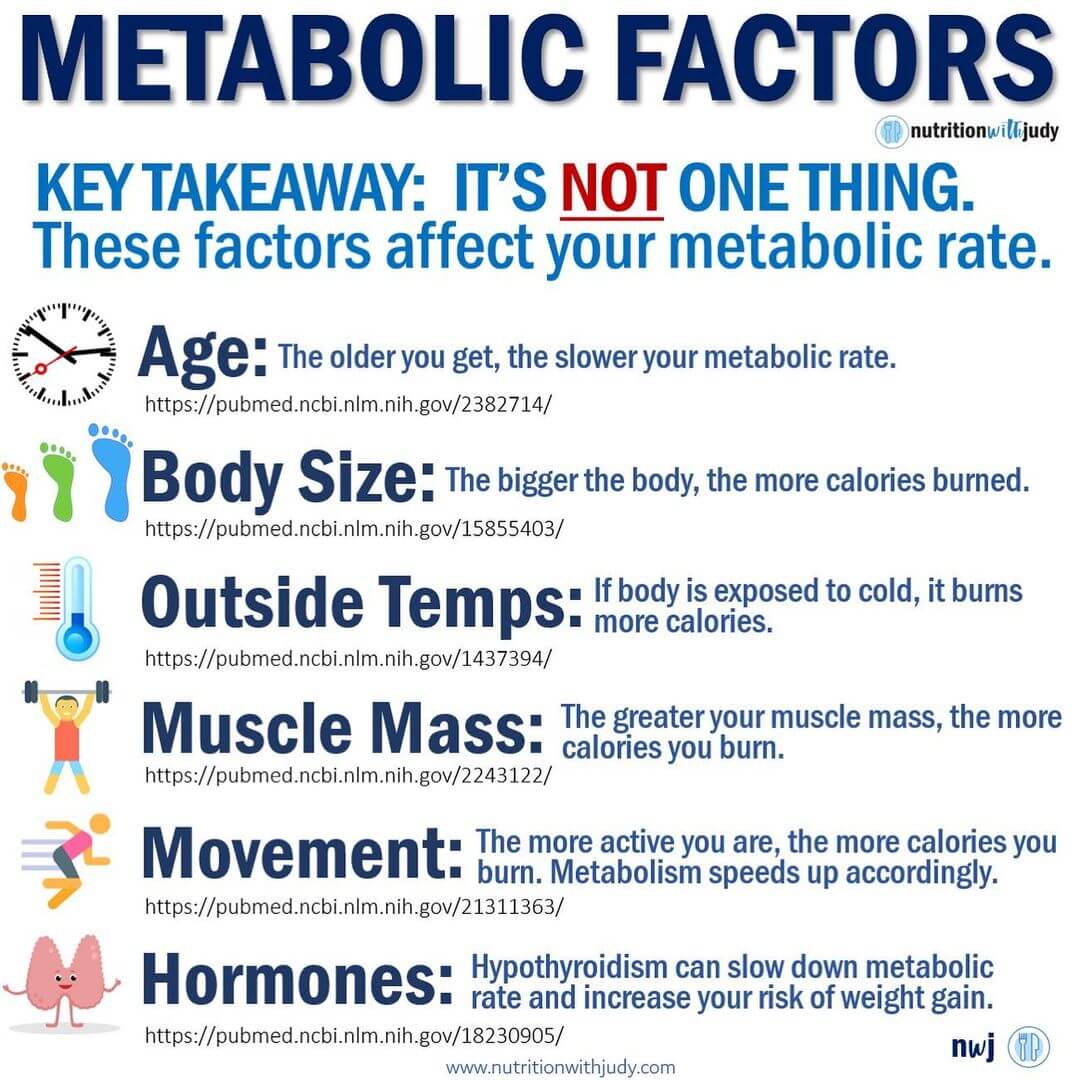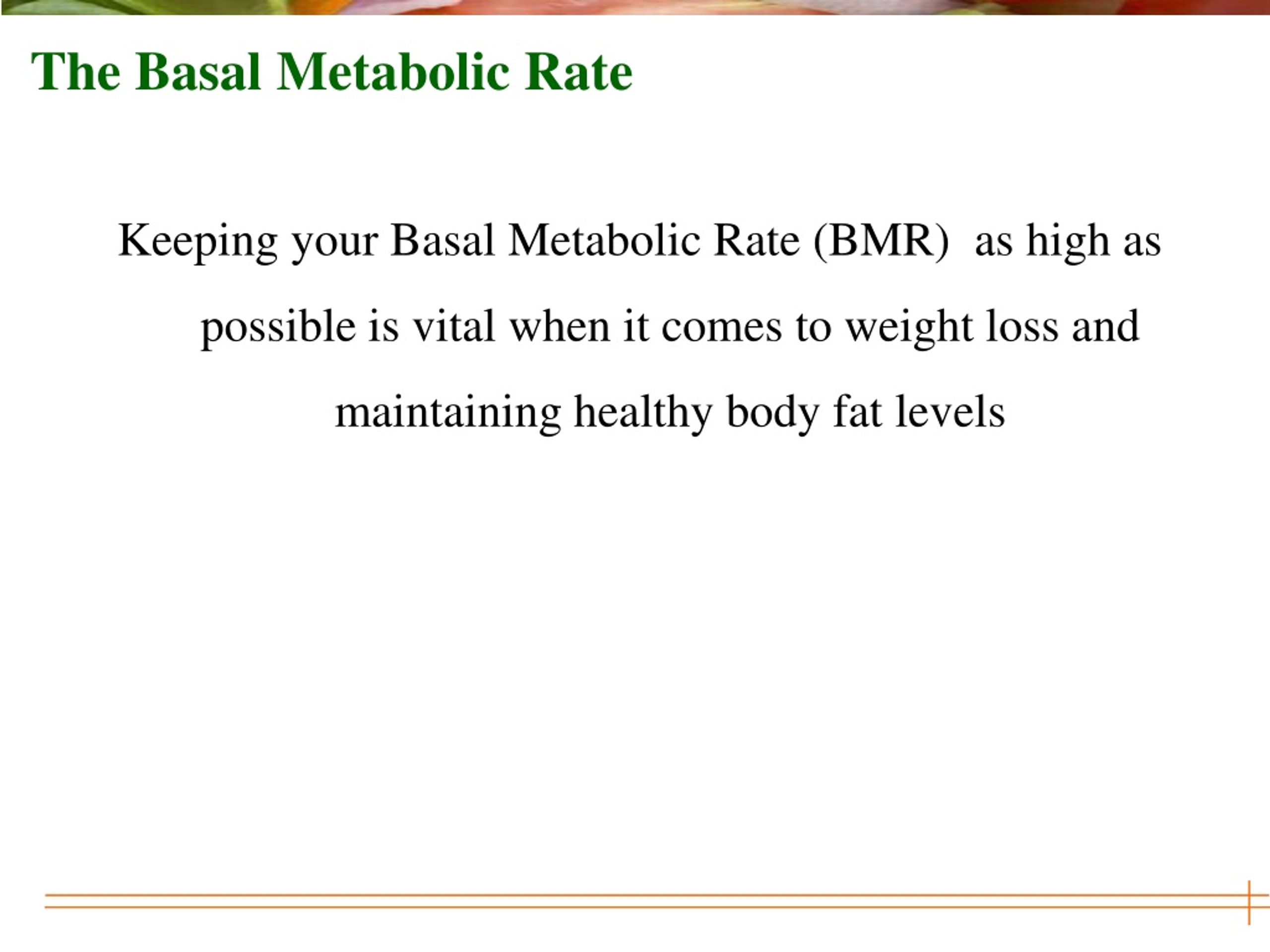An Increase In Metabolic Rate Would Result In

Global health experts are sounding the alarm: a sustained, population-wide increase in metabolic rate is now confirmed, triggering a cascade of unprecedented physiological and societal challenges. Resource scarcity, increased caloric demands, and amplified environmental strain are imminent.
This article outlines the immediate impacts and potential consequences of this accelerating metabolic shift, based on data released today by the World Health Organization (WHO) and independent research institutions.
Confirmed: Metabolic Rates Are Spiking
The WHO has officially declared a global average increase in basal metabolic rate (BMR) of approximately 7% over the last five years. This finding stems from a comprehensive analysis of metabolic testing data across diverse demographics and geographical locations.
The increase is most pronounced in developed nations and rapidly industrializing countries, according to the WHO report.
What This Means for Individuals
Individuals are experiencing a significant surge in appetite and caloric needs. This is a direct consequence of the body burning more energy at rest.
Reports indicate a sharp rise in demand for food, leading to supply chain pressures and potential for increased food prices. Symptoms such as increased body temperature, restless sleep, and heightened anxiety are also becoming widespread.
Resource Depletion: A Looming Crisis
The increased metabolic rate translates directly to a greater demand for food, water, and energy resources. Agricultural output will struggle to keep pace with the escalating needs, raising concerns about global food security.
Preliminary data suggests a potential 15% increase in global food demand over the next decade if the metabolic rate continues to climb at the current pace. Water scarcity is expected to worsen in already vulnerable regions.
Environmental Impact: An Accelerating Threat
The environmental consequences are potentially devastating. Increased food production necessitates more intensive agriculture, leading to deforestation, fertilizer overuse, and increased greenhouse gas emissions.
The United Nations Environment Programme (UNEP) warns of a possible feedback loop: accelerated climate change further elevates metabolic rates, creating an unsustainable cycle.
Energy Consumption: Surging Demand
Beyond food, the increased metabolic rate drives up energy consumption. Individuals may experience greater sensitivity to temperature, leading to increased reliance on heating and cooling systems.
Electricity grids are already strained in many areas, raising the risk of widespread power outages and economic disruption. The demand for energy is projected to outstrip current production capacity within the next 2-3 years.
Who Is Most Affected?
The initial data indicates that younger demographics and individuals in urban environments are experiencing the most significant metabolic increases. Children and adolescents are particularly vulnerable due to their already high energy needs for growth and development.
Populations with limited access to nutritious food are at increased risk of malnutrition and related health complications. The disparities are expected to widen existing inequalities.
Geographic Hotspots
Regions experiencing rapid industrialization and urbanization are witnessing the most pronounced metabolic shifts. These include parts of Asia, Africa, and South America.
Developed nations are also seeing increases, albeit at a slightly slower rate. The WHO identifies specific areas requiring immediate intervention and resource allocation.
Immediate Actions and Ongoing Research
The WHO is urging governments and international organizations to prioritize research into the underlying causes of this metabolic shift. Understanding the drivers is crucial for developing effective mitigation strategies.
Public health campaigns are being launched to promote healthy eating habits and energy conservation. Experts are emphasizing the importance of sustainable food production and responsible resource management.
Next Steps: Mitigation and Adaptation
The immediate focus is on stabilizing food supplies and addressing water scarcity in vulnerable regions. Long-term strategies include investing in renewable energy sources and promoting sustainable agriculture.
The WHO will release updated guidelines and recommendations as new data becomes available. Ongoing monitoring is crucial to track the progression of the metabolic shift and assess the effectiveness of intervention efforts.


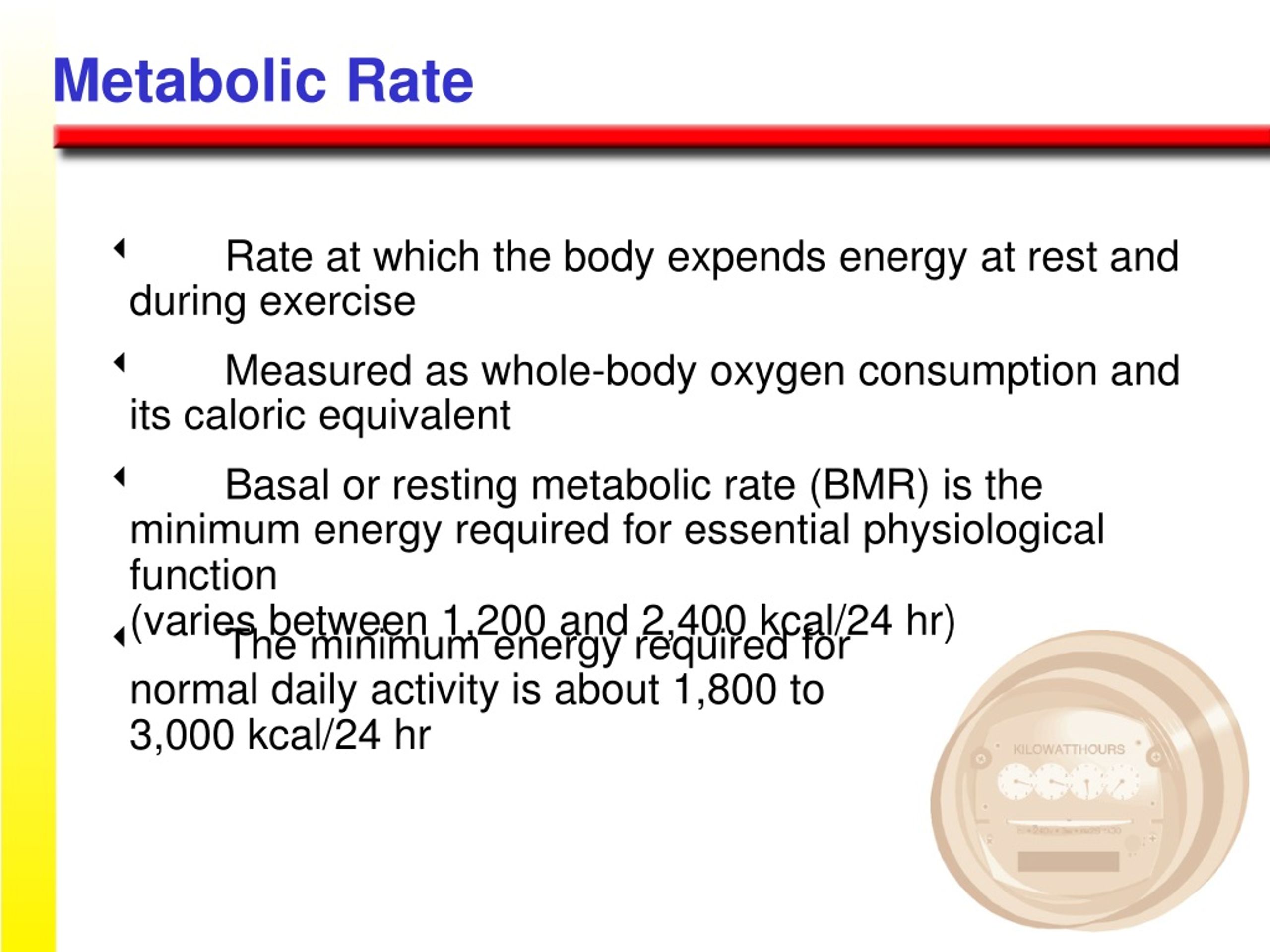

.jpg)
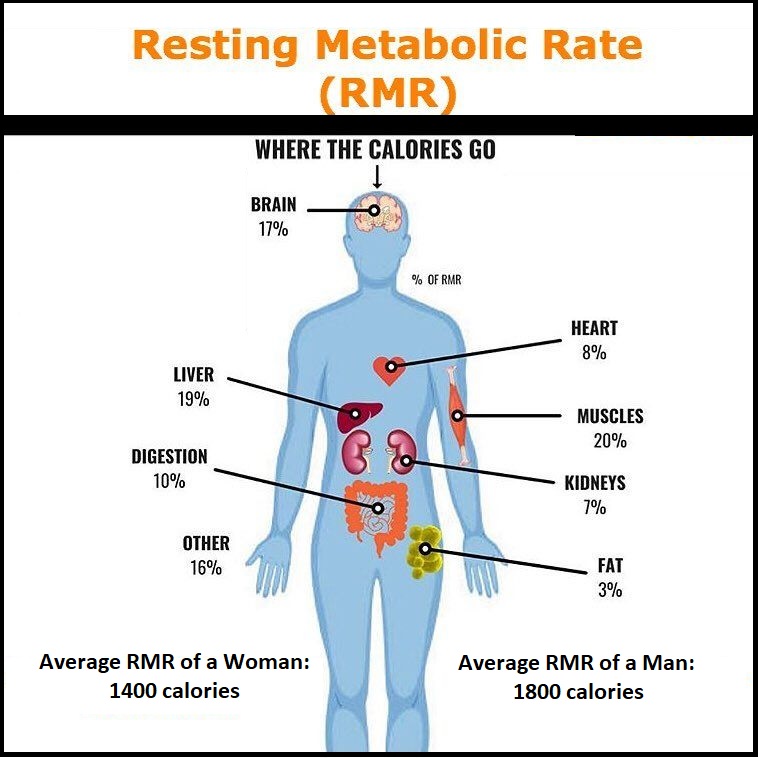




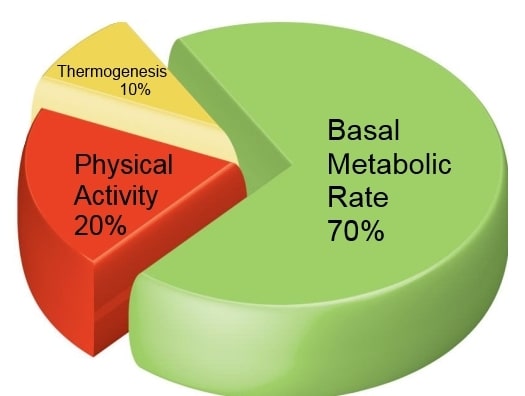
:max_bytes(150000):strip_icc()/WhatBasalMetabolicRateMeasures-final-345daf23efda42178c66f809588600c2.png)
